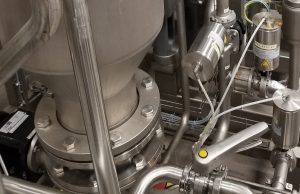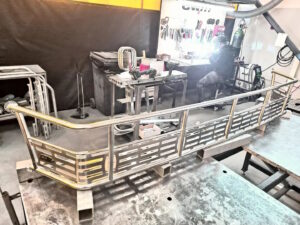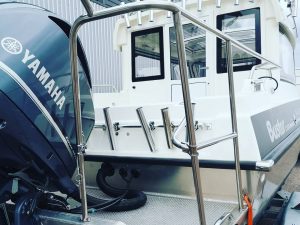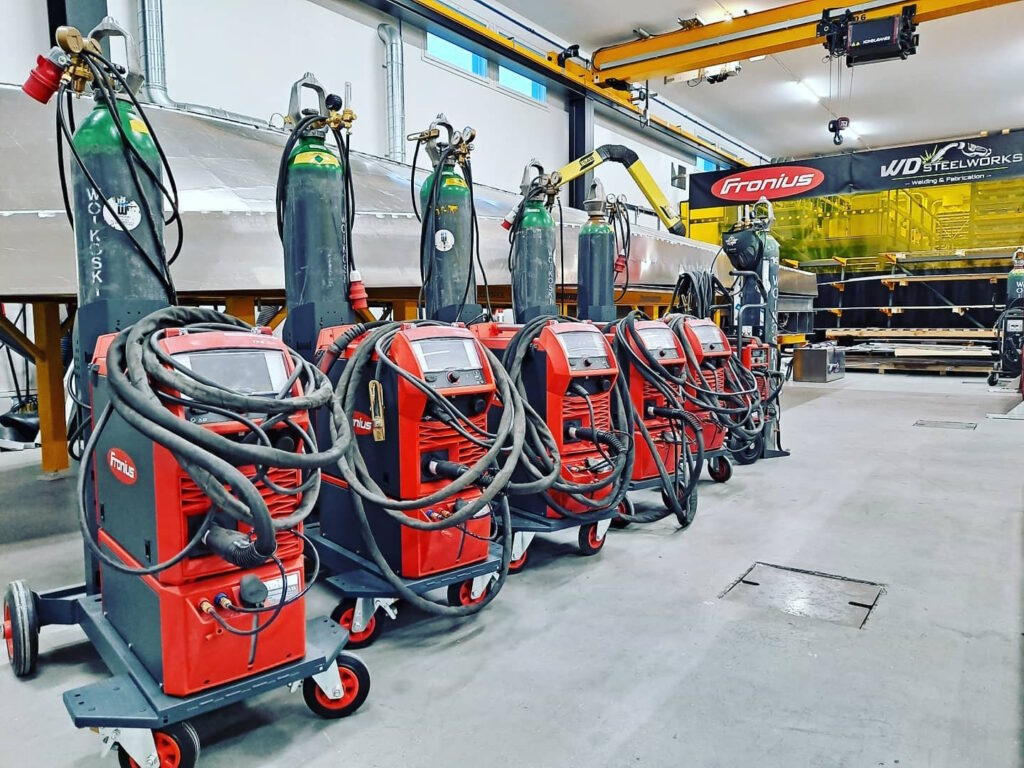We specialise in demanding welding jobs with TIG and MIG equipment. We weld stainless and acid-resistant steel (e.g. RST 304L / HST 316L), duplex steels and titanium (e.g. Ti6Al4V).
Combined with our other services, we can offer demanding and versatile structures, combining tubes, plates and machined parts.






Design recommendations for welded structures
Thickness of stainless steel structures designed to be welded
For stainless steel materials it is recommended to use plates and pipe wall thicknesses of at least 1 mm. In large pieces, thicknesses of 2 mm are recommended to avoid warping. Read more about the standard SFS-EN 1011-3 (Welding. Welding recommendations for metallic materials. Part 3: Arc welding of stainless steels).
Stainless steel alloys and their weldability
Most RST and HST alloys can be welded without problems. For the most common alloys 304/304L and 316/316L it is advisable to select blanks according to availability. The range and availability of sheet metal and tubes should be checked on SSAB, Tibnor, Flinkenberg, Sté and Kimet or Sandvik websites or catalogues.
In cast stainless steel parts, pores and pulling of the material can cause problems. In most cases, with preheating and the right welding equipment, these will not be a problem.
To prevent corrosion, it is advisable to use correctly alloyed wire when welding. We keep a stock of wire suitable for a variety of stainless and acid-resistant alloys to ensure fast delivery of our services.
The most common welded alloys are AISI 304 and 304 L (1.4301, 1.3407, 1.4306) and AISI 316 and 316L (1.4401, 1.4404). We also weld e.g. AISI 309S (1.4833), Duplex (2205 / 31803 / 1.4462) and fire resistant 253 MA (1.4835 / S30815) steel.

